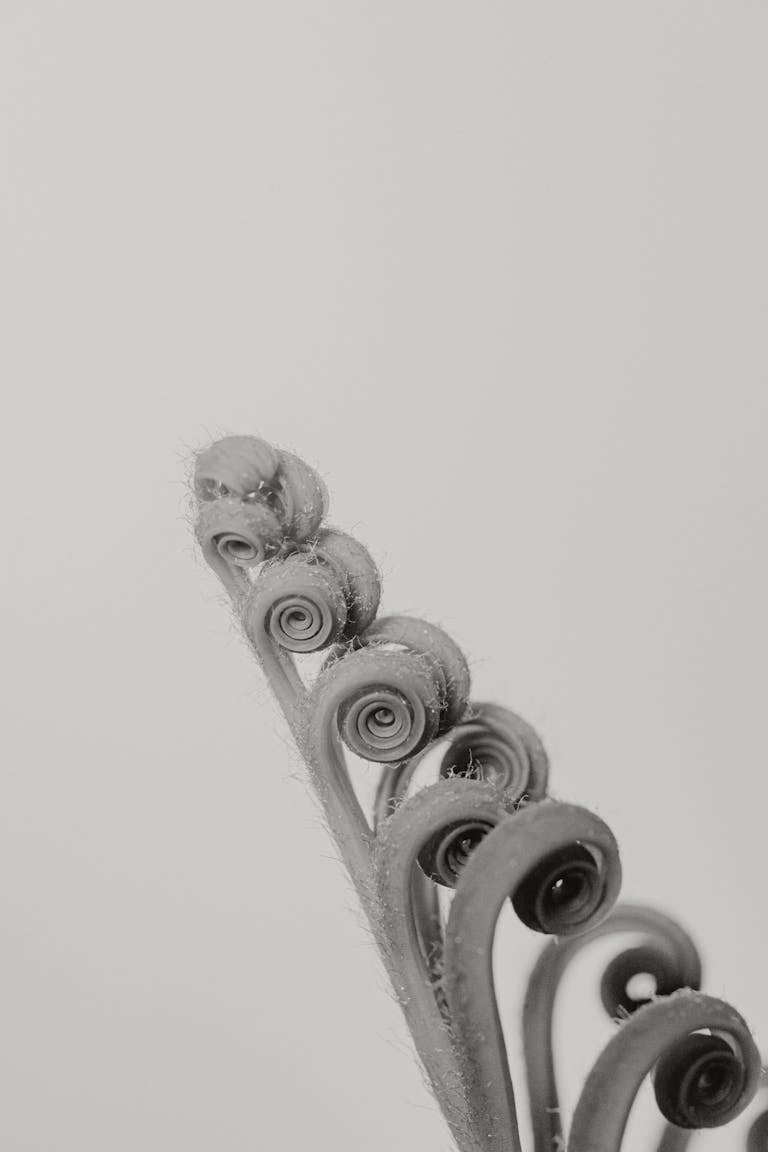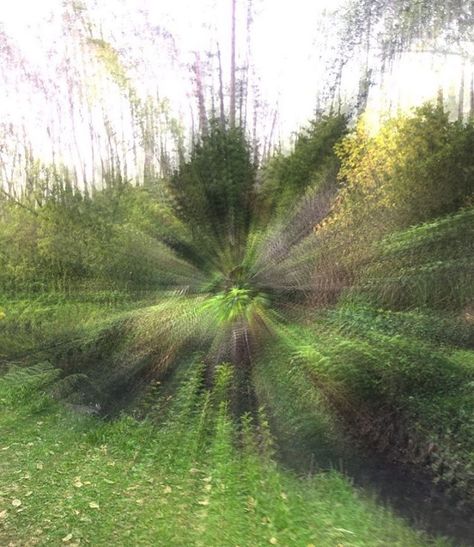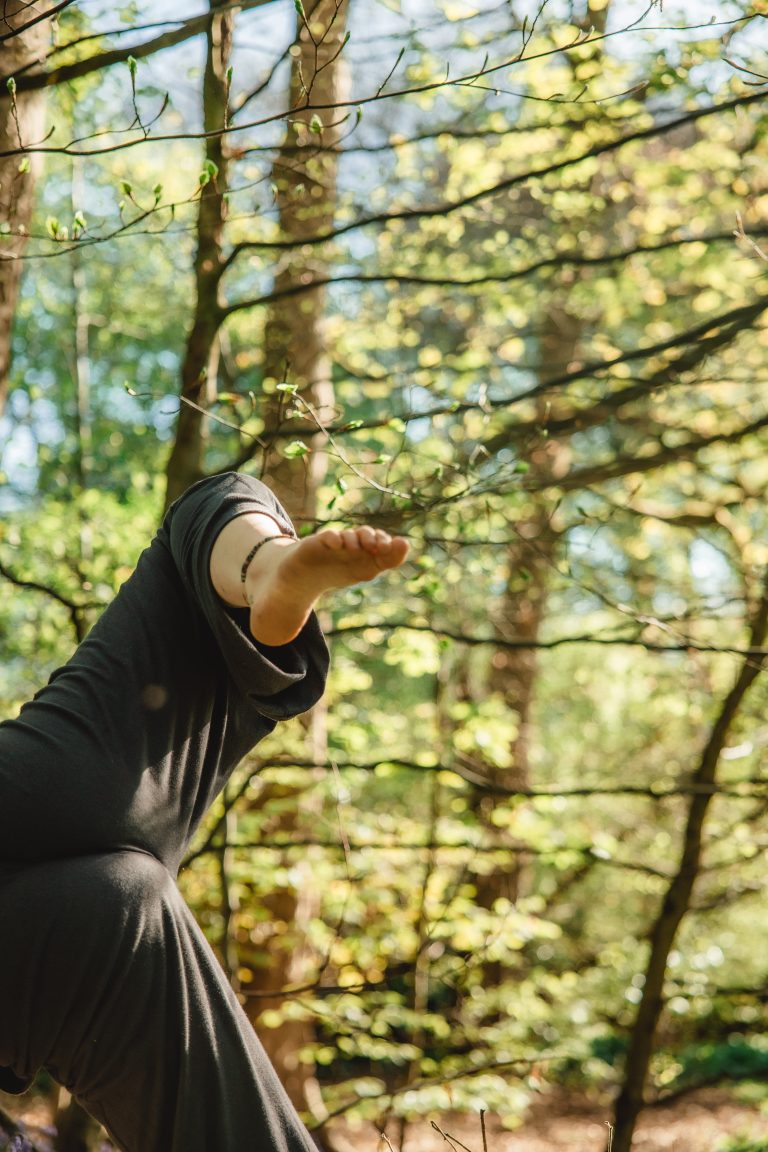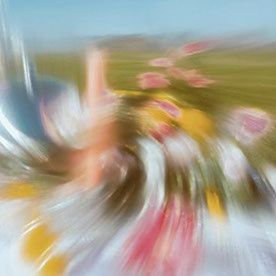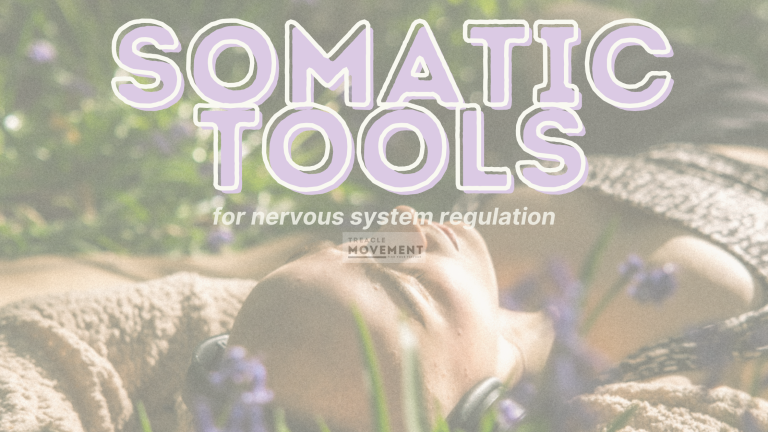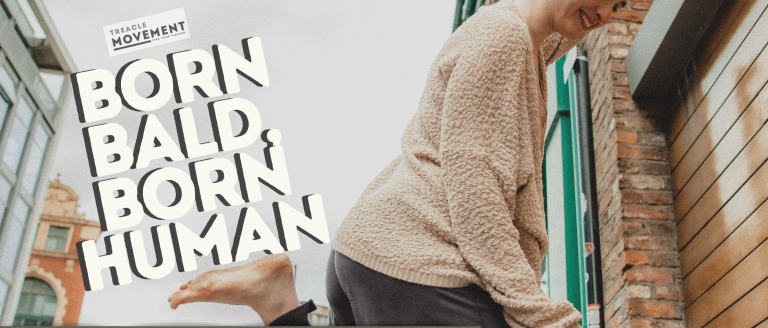Transform and Transition through Dis-ease
We often view facing dis-ease or being uncomfortable as something to get over. Something to manage. But what if, instead, we saw these sensations as a form of communication?
What if the signals your body sends—tiredness, inflammation, aches, anxiety—aren’t just things to eliminate, but languages of their own?
Our bodies speak the only way they know how: through sensation, change, and physiological shift. Sometimes pain isn’t just pain—it’s an invitation. An expression of needing to be acknowledged. To be validated. To be heard.
Lately, I’ve been asking myself:
How can I honour my body and listen to what it’s asking for—rather than automatically doing what’s expected of me?
The question alone has stirred up guilt, old narratives about responsibility, and the familiar discomfort of uncertainty. But in this messy, beautiful, unpredictable world, I’m realising that choosing to step inward is often the only way through.
The pressure we feel—so often—is self-imposed, built from inherited stories and silent comparisons. When we pause and choose to notice, really notice, what our body is whispering (or screaming), we open a portal. We create space for transformation. For transition.
Because sometimes, being in dis-ease is exactly where the shift begins.
Your moments of discomfort aren’t your failings—they’re often your thresholds. So I ask you, gently, how would it feel to meet your dis-ease right here, right now?

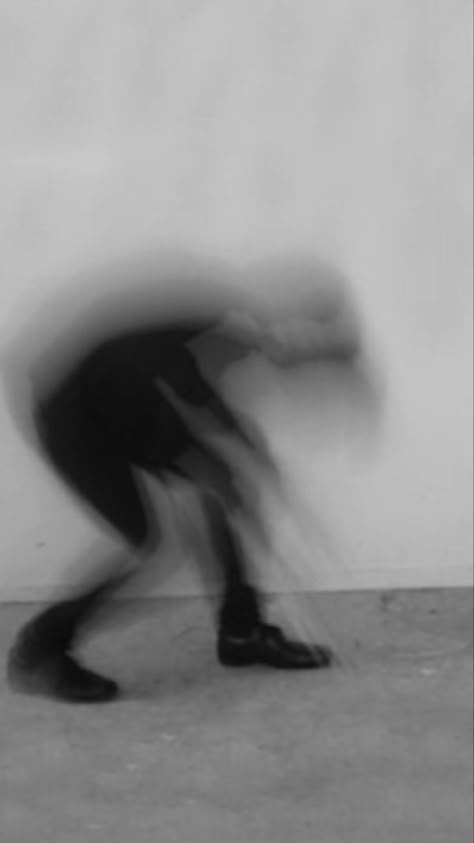
the most beautiful and strongest people rise from the hardest of moments

